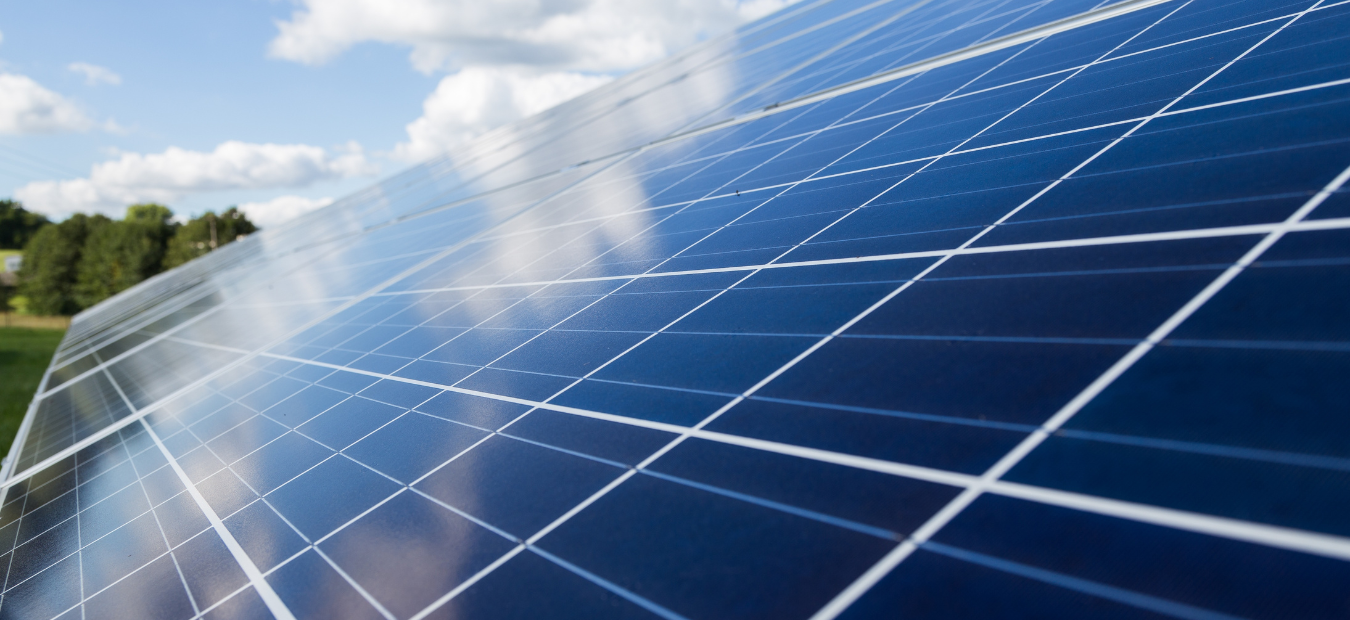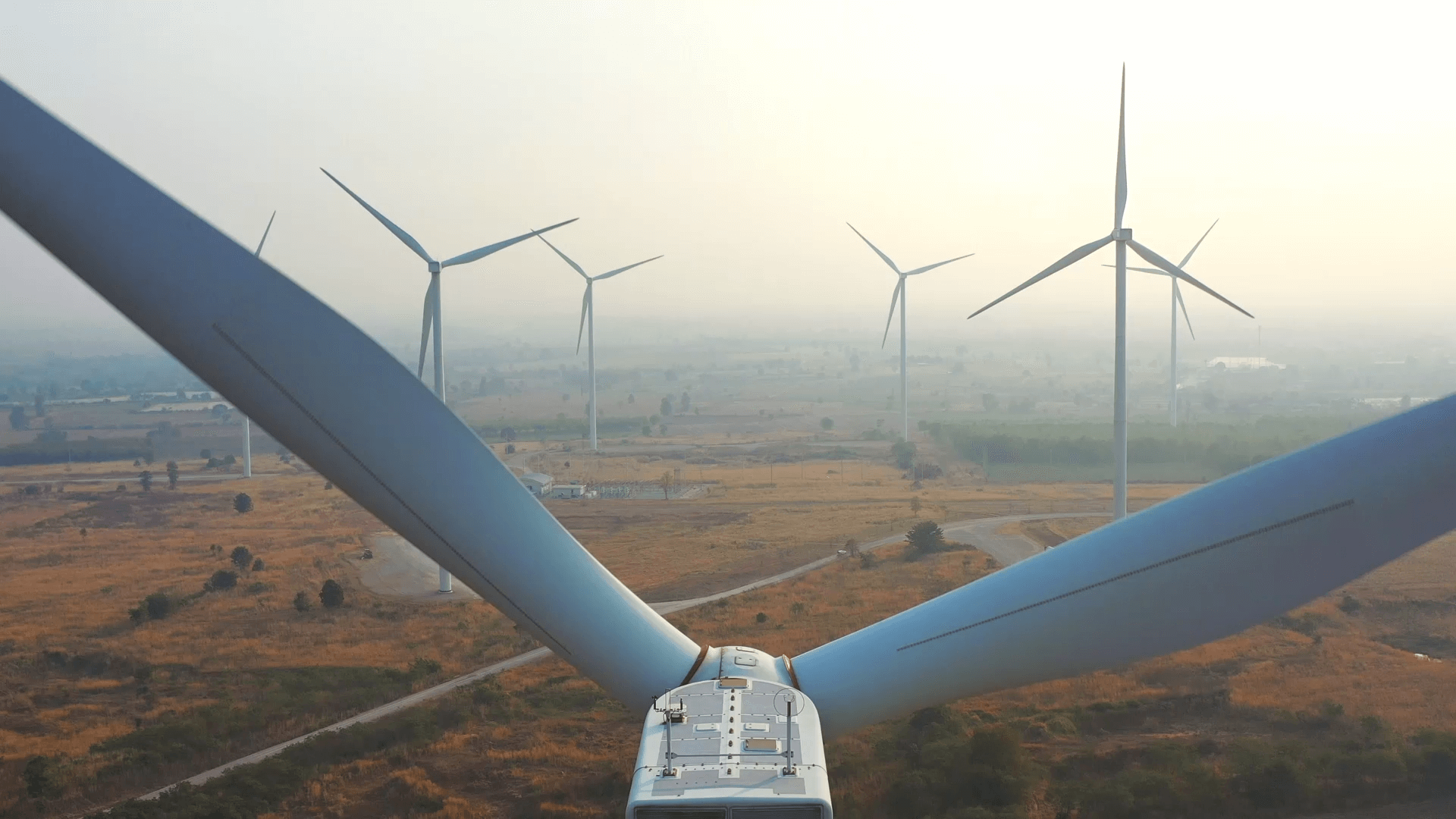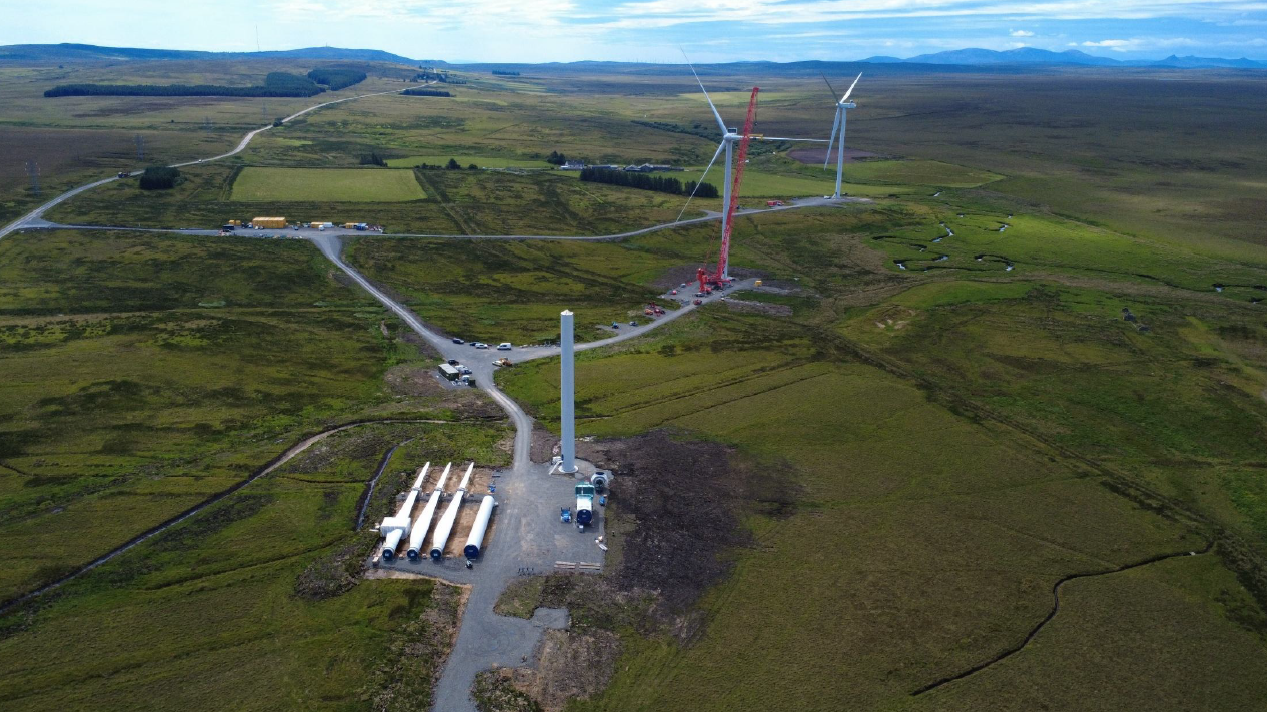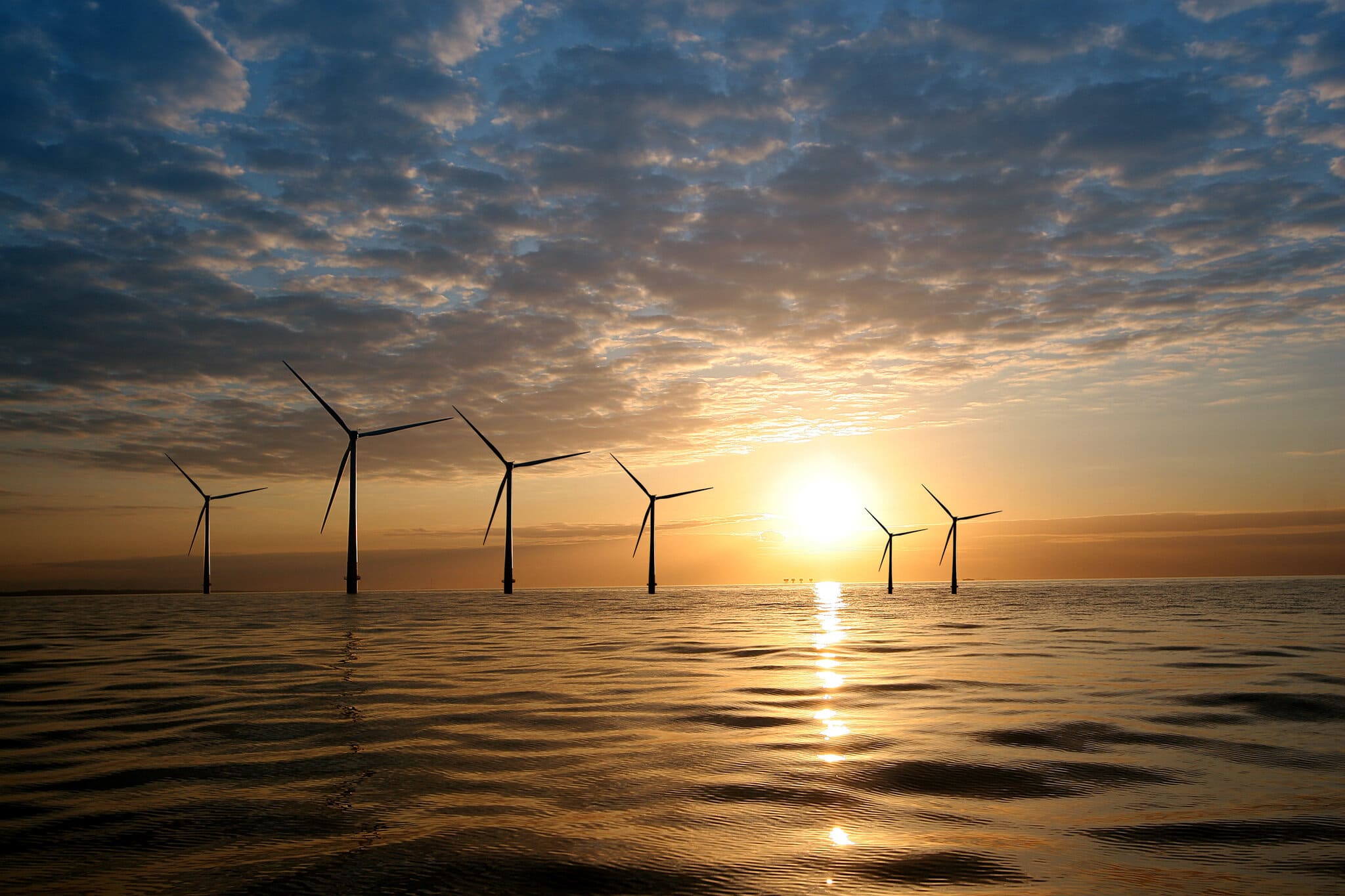From signals to delivery: What must happen next to hit Clean Power 2030
As seen in the latest edition of the Green Business Journal, Angus Widdowson explores the challenges and opportunities ahead, from CfD reforms and grid constraints to investment certainty and corporate PPAs, on the road to Clean Power 2030.
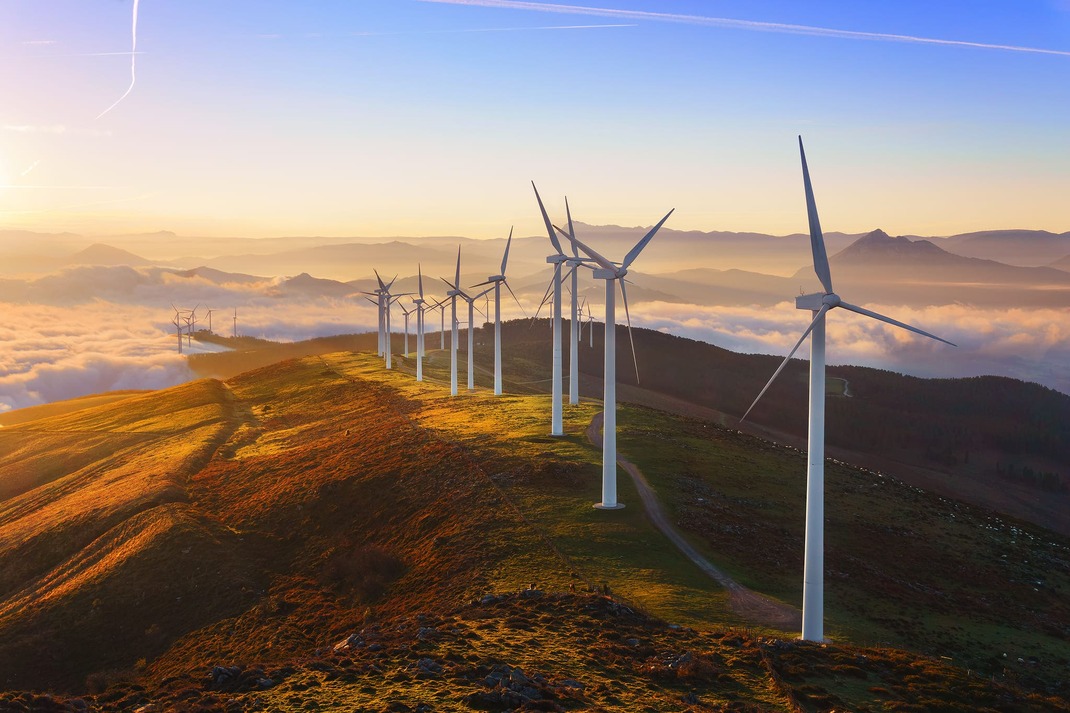
The UK’s clean energy transition is now at a defining moment. With NESO’s Clean Power 2030 target requiring 95% low carbon electricity by the end of the decade, the next five years will determine whether we seize the opportunity or fall short.
The Government’s new Industrial Strategy rightly puts clean power front and centre, backed by investment signals across renewables, hydrogen and grid infrastructure. But turning strategy into delivery will require more than ambition; it needs action on planning, permitting, connections and commercial certainty.
To meet the target, installed renewable capacity must grow from around 60GW today to over 120GW by 2030. Achieving that will require faster deployment, stronger investor confidence and a grid system that connects financeable projects without delay.
This is where policy mechanisms like Contracts for Difference (CfDs) continue to play a vital role. The next two allocation rounds, AR7 and AR8, could be among the most important yet.
AR6 was a step forward, AR7 needs to be a leap
Following a disappointing AR5, which saw offshore wind projects withdraw amid rising costs, Allocation Round 6 restored momentum, securing nearly 10GW of clean energy capacity across 131 projects, backed by a record £1.5bn budget.
Now, reforms to the CfD scheme ahead of AR7 aim to build on that progress and unlock greater delivery. Contract lengths have been extended from 15 to 20 years for wind and solar projects, improving investment certainty and lowering the cost of capital. Rules have been relaxed to allow more offshore wind projects to participate, including those still awaiting full planning consent. Repowered onshore wind is now eligible, alongside phased and test-scale floating wind projects, and commissioning timelines for solar PV have been extended.
Crucially, budgets will now be published ahead of the sealed bid window - reducing uncertainty and helping avoid the underspends seen in previous rounds. Together, these reforms show the government is listening. But the ultimate test will be whether AR7 delivers projects at the scale and pace required to stay on track for 2030.
Grid reform: from bottlenecks to build-out
One of the biggest barriers to progress is the grid. Today’s connection queue is crowded with speculative projects that may never be built, delaying those that are genuinely ready to go.
A shift to a ‘first ready, first connected’ model is underway, but it must accelerate. Prioritising deliverable projects over placeholders will be key to unlocking investment and getting capacity built where it’s needed most.
This effort must go hand in hand with a CfD framework that supports timely deployment and investment certainty. Clean Power 2030 will require grid access across all technologies and scales, from large-scale offshore wind to distributed generation and co-located storage.
CfDs and CPPAs are both essential to the mix
CfDs remain the backbone of low carbon project financing in the UK. With government backing and long-term revenue certainty, they help mitigate risk and attract capital at scale.
At the same time, Corporate Power Purchase Agreements (CPPAs) are playing a growing role as businesses seek to decarbonise their operations and secure clean energy supply. CPPAs can offer developers more flexibility around timing, structure and counterparties, particularly for projects that fall outside the CfD envelope.
Together, these mechanisms are reshaping clean energy finance and enabling a broader mix of technologies and business models to come forward. But they require stable regulation and long-term clarity to function effectively.
Turning signals into certainty
With the energy landscape evolving rapidly, policy clarity and investment confidence have never been more important. AR7 and AR8 offer a crucial test: can the UK translate strong ambition into credible delivery?
This means ambition not just on volume and budget. Investors are looking for answers on the implications of the REMA and the newly adopted reformed national pricing model, the role of storage, and how flexible generation will be integrated into market design.
On-the-ground barriers also need tackling, from long lead times for grid connections to supply chain bottlenecks and intensifying global competition for skills and critical materials. These issues are already pushing up costs and stretching timelines.
Clean Power 2030 is achievable, but not inevitable
The Industrial Strategy gets the big picture right. But to make it real, we need joined up thinking across policy, planning, infrastructure and markets, and action that turns appetite into delivery.
This includes collaboration across the entire energy value chain: developers, offtakers, grid operators, suppliers, and government. Everyone has a role to play in removing friction and accelerating progress.
Clean Power 2030 is within reach. But getting there means making the next five years count, for the sector, for the economy, and for the UK’s long-term climate goals.
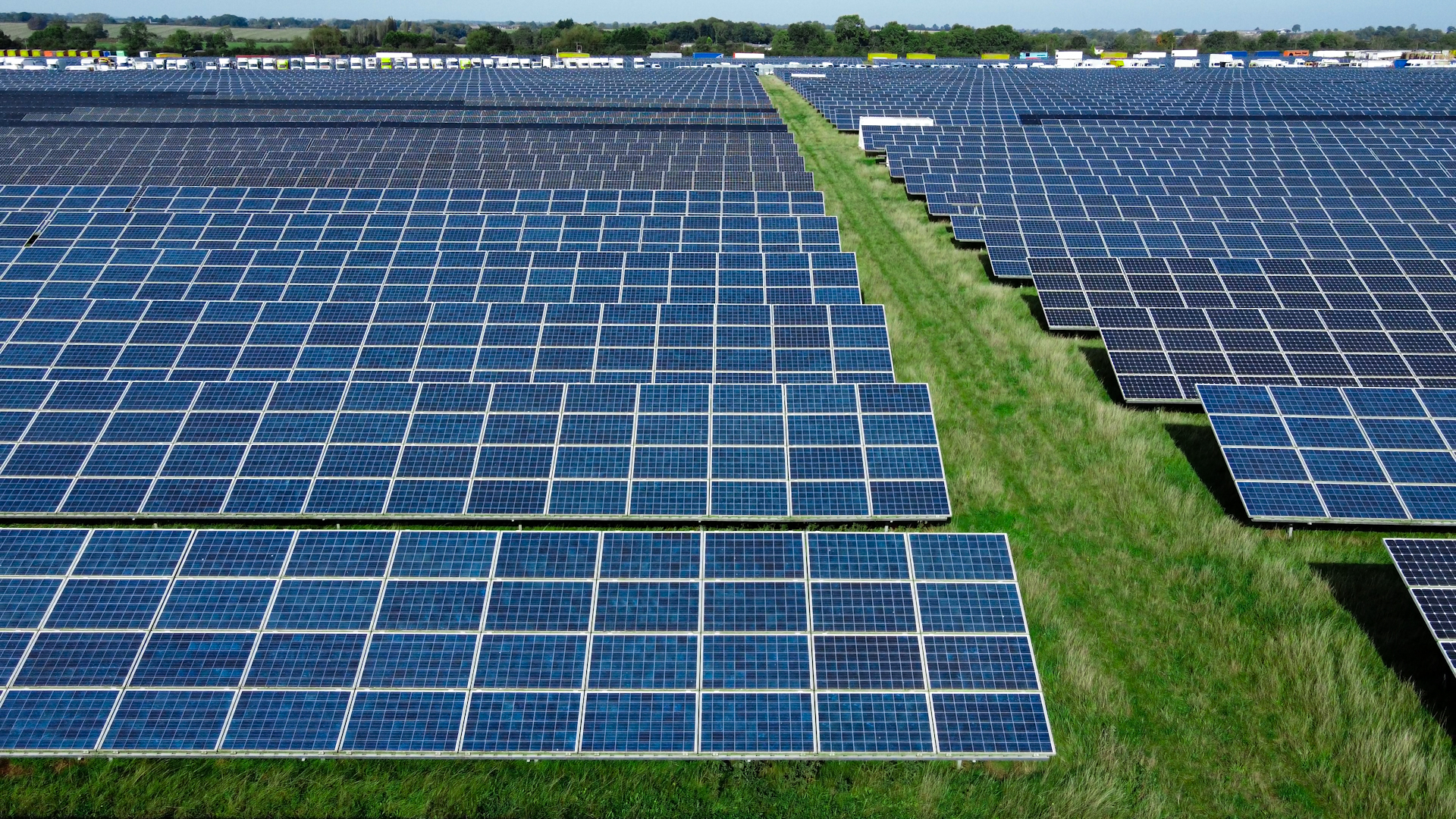
Secure your route to market with a PPA
With a wealth of experience in providing secure route-to-market solutions to generators across all technology types, we are a bankable PPA partner you can rely on to support your renewable energy project.



